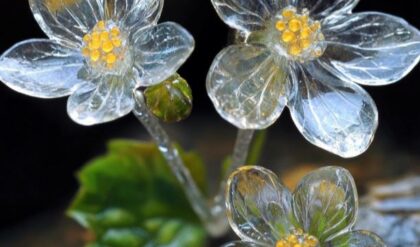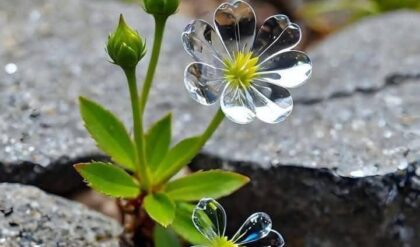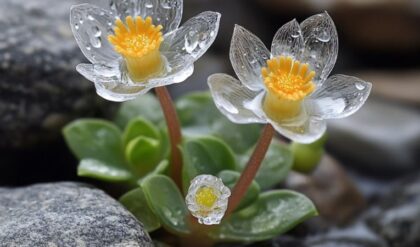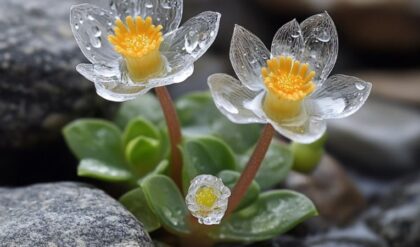Growing a hibiscus plant from cuttings in water can be a remarkably straightforward and rewarding process, akin to nurturing a delicate flame into a glorious bonfire. To embark on this botanical journey, one begins by selecting the right cutting, ideally from healthy new growth—often referred to as green wood. The ideal length for these cuttings is between 4-6 inches (10-15 cm), which strikes a balance between adequacy for rooting and manageability. Once you’ve snipped your cutting at an angle to increase surface area and expose more cells for root development, place it in a transparent container filled with clean water, ensuring that the lower nodes are submerged while the leaves remain dry to prevent rot.
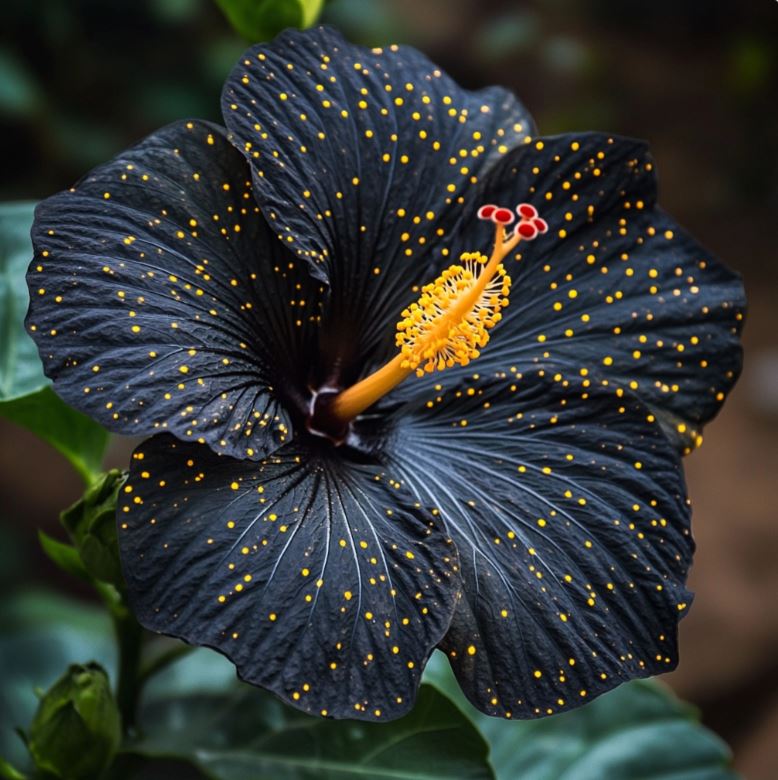
The Essentials of Water Propagation
One must remember that the environment plays a crucial role in the success of water propagation. Temperature, light, and nutrient availability can either encourage or stifle root growth. Typically, hibiscus cuttings begin to develop roots in approximately 2-3 weeks; however, this timeframe can fluctuate based on the prevailing conditions of warmth and the amount of indirect sunlight they receive. This adds a dimension of patience reminiscent of awaiting a well-deserved reward, as the anticipation builds alongside nature’s timeline. It is essential to change the water every few days to keep it fresh and oxygen-rich, facilitating optimal growth.
Maintaining Optimal Water Conditions
- Regularly changing the water is crucial to keep it clean and well-oxygenated, which promotes healthy root development.
- Aim to change the water every 2-3 days, ensuring the cutting is always submerged in fresh, clear liquid.
- Avoid letting the water become stagnant, as this can lead to the growth of harmful bacteria and algae, which can compromise the cutting’s health.
- Consider using filtered or distilled water to minimize the presence of minerals and impurities that could hinder root growth.
Monitoring Temperature and Light Exposure
- Maintain the water propagation setup in a warm, well-lit area, but avoid direct sunlight, which can scorch the delicate leaves.
- The optimal temperature range for hibiscus cuttings is between 65°F to 75°F (18°C to 24°C), providing a cozy environment for root development.
- Exposure to indirect, filtered sunlight encourages healthy growth and prevents the cutting from becoming etiolated (overly stretched and weak).
- If necessary, use a grow light or place the setup near a bright, north-facing window to ensure the cutting receives adequate light.
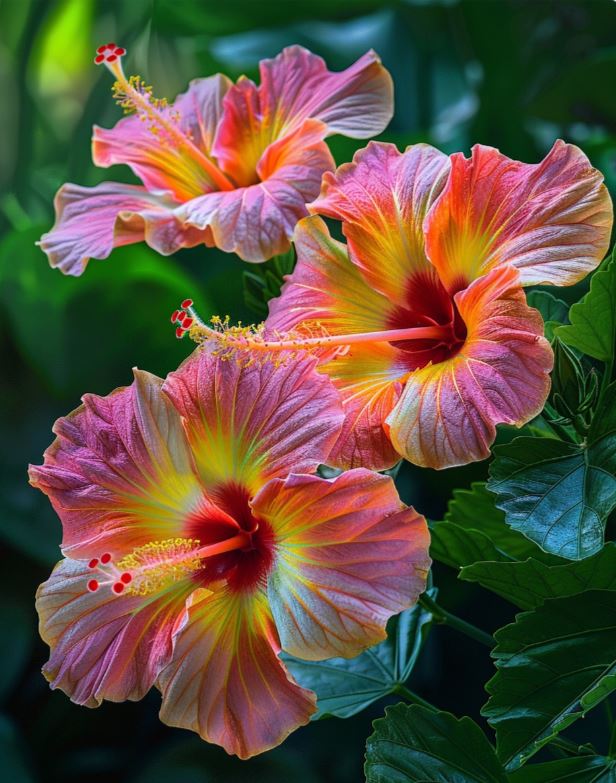
Encouraging Root Growth with Nutritional Supplements
- While water initially serves as the medium for growth, incorporating diluted liquid fertilizers can enhance the chances of successful rooting.
- After the first week, consider adding a small amount of a balanced, water-soluble fertilizer to the water, following the manufacturer’s recommended dosage.
- Be cautious not to overdo the fertilizer, as too much can overwhelm the tender roots and lead to adverse effects.
- The goal is to provide a gentle, nurturing environment, mirroring the delicate balance of a flourishing hibiscus in its natural habitat.
Observing the Root Development Journey
As the cutting begins its transformative journey, monitoring the visibility of burgeoning roots becomes both a scientifically significant and emotionally fulfilling endeavor. This phase of anticipation can be enlightening, almost like witnessing the first stirrings of life. As roots emerge and grow longer, the shift in energy—and even attachment—to your cutting deepens. At this moment, you transcend being merely a caretaker: you become a co-creator with nature, leveraging the fundamental principles of growth and renewal.
Tracking Root Emergence and Growth
- Regularly inspect the cutting to observe the progress of root development, typically visible after 2-3 weeks.
- Note the initial appearance of small, white rootlets emerging from the submerged nodes, indicating the cutting’s successful transition into a thriving plant.
- As the roots grow longer and more established, monitor their progression, ensuring they remain healthy and unhindered.
- This visual cue serves as a tangible milestone, providing a sense of accomplishment and a deeper connection with the hibiscus plant.
Fostering a Sense of Connection and Nurturing
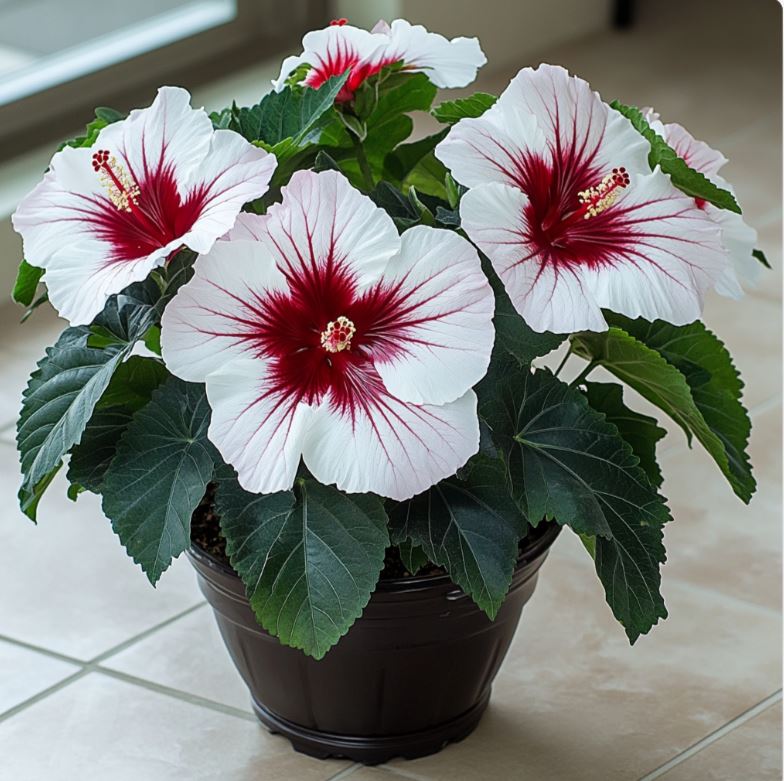
- The process of propagating a hibiscus from a cutting in water can foster a unique sense of connection and nurturing between the caretaker and the plant.
- Observing the cutting’s transformation, from a simple stem to a vibrant, rooted plant, can evoke feelings of attachment and a desire to provide the best possible care.
- This experience can serve as a metaphor for personal growth and the rewards of patient, attentive nurturing, mirroring the principles of self-care and cultivating one’s own potential.
- The act of propagation becomes a collaborative effort, where the caretaker and the plant work in harmony to achieve a shared goal of healthy, sustainable growth.
Troubleshooting Common Pitfalls
It’s important to recognize potential pitfalls along the path to propagation. If the water turns cloudy or if the cutting exhibits discoloration, those could signal unexpected troubles similar to cracks in an artist’s canvas. Quick intervention—like changing the water or pruning off rotten parts—can make all the difference. Being proactive not only protects the cutting but also reflects a broader life lesson about adaptability and resilience amidst challenges.
Addressing Water Quality Issues
- If the water becomes cloudy or turbid, it may indicate the presence of harmful bacteria or algae growth, which can compromise the cutting’s health.
- Promptly change the water and clean the container thoroughly to remove any contaminants or buildup.
- Consider using a clean, sterile container and freshly filtered or distilled water to provide a clean, nurturing environment.
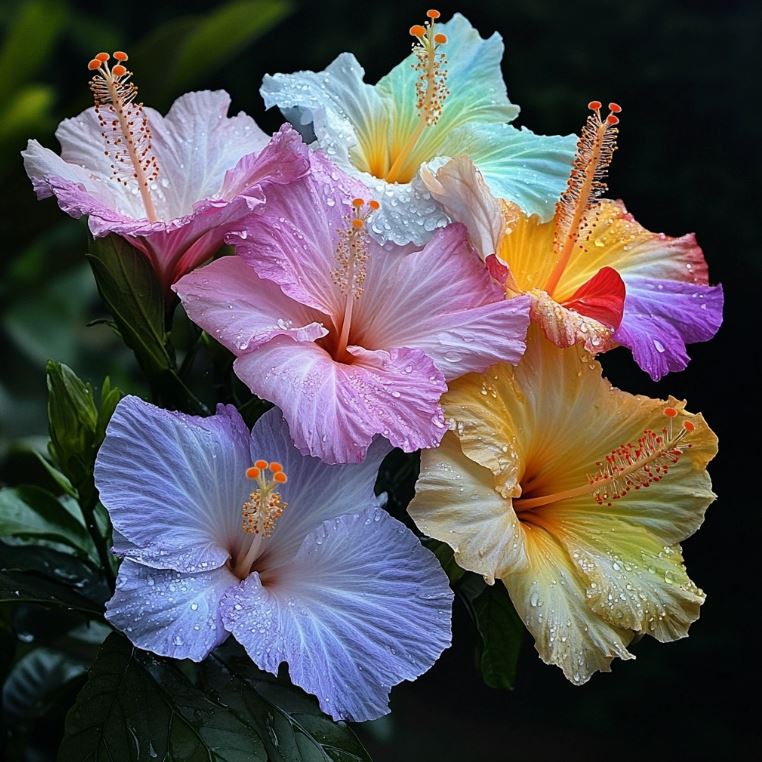
Identifying and Addressing Cutting Discoloration
- If the cutting begins to exhibit signs of discoloration, such as yellowing leaves or browning stems, it could be a sign of stress or disease.
- Carefully inspect the cutting for any signs of rot or decay, and promptly remove any affected parts by making a clean cut above the affected area.
- Ensure the cutting is receiving the appropriate amount of light, temperature, and nutrient support, as imbalances in these factors can contribute to discoloration and decline.
Maintaining Adaptability and Resilience
- Encountering challenges during the propagation process is a natural part of the journey, and approaching them with a mindset of adaptability and resilience can be transformative.
- View each obstacle as an opportunity to learn, adjust your approach, and deepen your understanding of the plant’s needs.
- Embrace the spirit of experimentation and be willing to try different strategies, recognizing that each cutting may have unique requirements.
- By cultivating a flexible and resilient mindset, you can navigate the ups and downs of the propagation process with grace and determination.
Conclusion
This entire process ultimately unveils layers of connection between the caregiver and the plant, revealing how the simple act of propagating a hibiscus can resonate with themes of patience and nurturing—qualities we cultivate not just in our gardens, but in all aspects of our lives. With the right care and attention, your hibiscus cutting will flourish and bloom into a beautiful testament to the power of life, rooted firmly in water yet reaching towards the skies.
